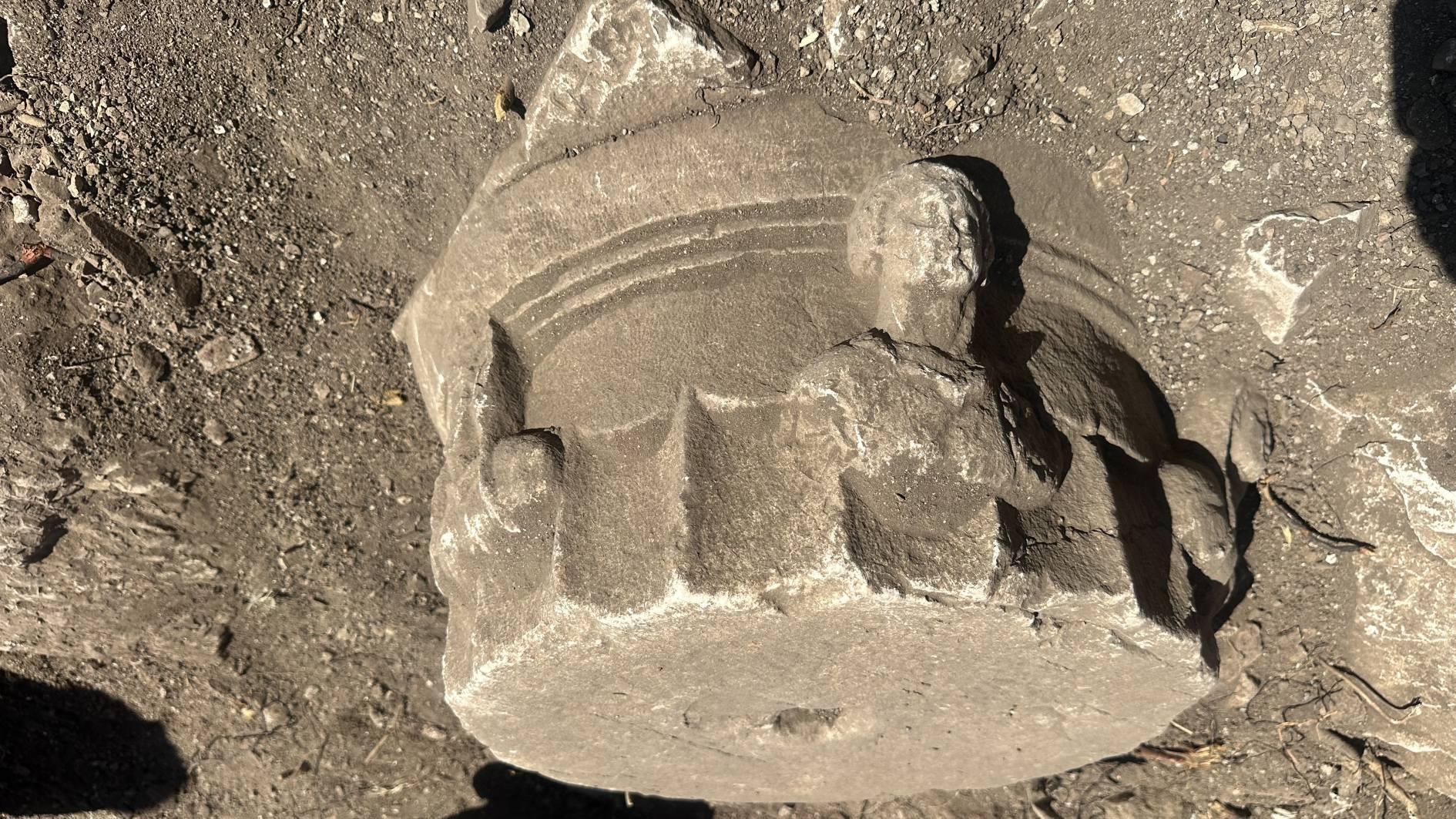
Archaeological excavations at the 2,200-year-old ancient city of Timbriada in Isparta’s Aksu district have revealed structures believed to have been used as storerooms and a soup kitchen.
Founded in the second century B.C. on the slopes of Asartepe and spreading over an area of about 2 kilometers, Timbriada was one of the key centers of the Pisidia region. Excavations are ongoing under the supervision of Professor Fikret Özcan from Süleyman Demirel University’s Archaeology Department, focusing primarily around the city’s church.
Speaking to the state-run Anadolu Agency, Özcan said that the team has been conducting digs in the area for five years. “About 30 meters west of the city’s central church, our trial trench revealed a space partially used as a storeroom and partially as a soup kitchen. This highlights the growing importance of the church during the Late Antique period. We also discovered some charred seeds and grains, which is very significant. Future excavations may even yield well-preserved ancient seeds,” he said.
Özcan stressed the significance of the seeds and grains for understanding the history of agriculture. “These findings shed light on the dietary culture, ecological adaptation and economic life of the people of the time. They are also valuable for genetic diversity in modern agriculture,” he added.
He also noted that coinage in Timbriada dates back to the second century, information gathered from excavations in front of Zindan Cave. “During the Roman period, the city was part of a Panhellenion League composed of 12 cities, including Athens and Pergamon,” Özcan said.
Stretching from Eğirdir’s Yuvalı village to Lake Beyşehir, the ancient city is surrounded by settlements such as Tynada, Başören, Sırçalı and Deliklitaş.
The Kybele (Meter) cult site in front of Zindan Cave was one of the most important sacred centers in the region during antiquity. Coins minted in the city feature depictions of Kybele alongside gods including Zeus, Dionysos, Hermes and the Dioscuri, reflecting the diversity of religious beliefs.
Timbriada maintained its significance during the Roman period and is recorded as a bishopric center in the Late Antique era.